Smart light bulbs have changed the way we provide lighting in our homes and offices through ease, flexibility, and cost savings.
High-end LED bulbs today can be turned on/off, alter the brightness colors, and set programs through the smartphone or voice.
As a result, it is essential to understand how smart light bulbs work to get the most out of them and incorporate them into your home environment.
The information covered in this article will include the definition of smart light bulbs, its history, how they work, why it is unique, how they can be used, and the critical buyer’s guide to aid in selecting what is great for you.
Smart Light Bulbs: The Basics

A smart light bulb can be controlled with a smartphone or other mobile device.
The term “smart” indicates that the bulb can be programmed and controlled via Wi-Fi or Bluetooth connections.
Some smart LED light bulbs can be dimmed, turned on or off, and even set to schedules.
Some models even change color to match the tone of the content being watched or played.
Smart light bulbs are more costly than regular LED bulbs because of their advanced features, but they are becoming increasingly affordable.
Plus, installing a smart light bulb is relatively easy and can be done without professional help.
The History of Smart Light Bulbs
Smart light bulbs have been around for several decades.
Let’s quickly go over the rich history of this technology from its beginnings to the present day.
| 1981 | the first integrated smart lighting system was developed |
| 1997 | Philips introduced the first intelligent light bulb |
| 2005 | vendors such as Sylvania, Osram, and Cree began offering intelligent light bulbs |
| 2010 | first Wi-Fi-enabled smart light bulbs were released |
| 2015 | manufacturers began offering smart bulbs with many additional features |
| Today | manufacturers are offering an ever-expanding range of features and customization options |
1981
The first use of smart light bulbs was back in 1981 when a group of researchers at Stanford University developed the first integrated smart lighting system.
This system was able to detect motion and dim or brighten lights based on user preference.
1997
The next major advancement in smart lighting came when Philips introduced the first intelligent light bulb, which was able to detect and respond to changes in ambient light levels.
The bulb would adjust its brightness accordingly to give users a more comfortable experience.

2005
After this initial breakthrough, various vendors, such as Sylvania, Osram, and Cree, began offering intelligent light bulbs for commercial applications.
These bulbs were connected to a home automation system, allowing users to control them remotely using their smartphones or computers.
2010
In 2010, the first Wi-Fi-enabled smart light bulbs were released.
This allowed users to control their lights from anywhere in the world, as long as they had an internet connection.
2015
By 2015, technology had advanced far enough that manufacturers began offering smart bulbs with many additional features, such as color-changing capabilities and voice control.
Today
Today, the market for smart light bulbs is booming.
With the emergence of new technologies such as Bluetooth and artificial intelligence, manufacturers are offering an ever-expanding range of features and customization options.
From energy-saving capabilities to automated scheduling, there is no limit to what you can do with a smart light bulb.

How Smart Light Bulbs Work: Key Components Explained
To understand how smart light bulbs work, here are the main components of a smart lighting system and their functions:
Bulb
This is the actual light bulb that provides illumination when commanded by the other components of the system.
This is usually made up of LED lights and will usually come with an app to control the brightness and color settings.
Bridge
This is the device that acts as a bridge between the bulb and your home’s Wi-Fi network.
The bridge enables communication between your smartphone or other mobile devices, allowing you to manipulate the settings on the lightbulb remotely.
Hub
This is the device that controls your home’s c.
It usually links to other compatible devices in your network and allows you to control multiple devices, such as lights, thermostats, door locks, etc., with one app.
App
The app is essential for controlling the settings of the smart light bulb, such as brightness, color, and scheduling.
It also allows you to gain access to other functions of your devices, such as setting up a schedule for when certain lights turn on or off.
The Advantages of Smart Light Bulbs
Below are some of the advantages of using smart light bulbs over other traditional bulbs.
Energy Efficiency
Smart light bulbs also have a major advantage in that they use far less energy than typical incandescent light bulbs.
Smart bulbs are more efficient since they consume less electricity when producing the same amount of light, so these will save you cash on your energy bills.
Moreover, smart bulbs last longer than most normal bulbs, so they require replacement after some time compared to normal bulbs.
Remote Control
Another advantage of smart light bulbs is that you can control them remotely.
With a smart home assistant or smartphone app, you can turn your lights on or off, dim them, change their color, and set schedules without ever having to leave your couch.
This is especially convenient if you forget to turn the lights off before leaving for work or going to bed.

Increased Safety
Smart light bulbs can also help to increase safety in homes or even offices.
These lights can be programmed to turn on or off at random times, which can help to deter potential intruders.
In addition, some smart light bulbs also come with motion sensors that will automatically adjust the brightness of the lights when movement is detected in a room.
Increased Convenience
Finally, smart lights are incredibly convenient. Instead of having to manually adjust your lights each morning and at night, you can simply program them with a few clicks on your smartphone.
This will save time and effort each day and ensure that you’re never left in the dark.
Applications of Smart Light Bulbs
Smart light bulbs can be used for a variety of purposes and applications. Here are some of the most common:
Residential
Smart bulbs can set the perfect lighting atmosphere in residential homes and apartments in each room.
These bulbs can be programmed to turn on or off at specified times, dimmed or brightened based on the time of day, adjusted for activities such as movie night, or changed to any color you desire.
Understanding how do smart bulbs work can help you customize lighting to suit your lifestyle.

Commercial
Businesses can benefit from the energy efficiency and cost savings of smart light bulbs.
Smart lights can be set to turn on or off when office employees arrive or leave, dimmed or brightened in certain areas, and adjusted to ensure the right lighting level for maximum productivity.

Industrial
In buildings such as warehouses and factories, smart bulbs can be used to light the entire building.
It can as well be used to provide better lighting with less glare and safety for the workers who have to work in such areas.
Smart lighting systems with a definite application are suitable for application in areas where a higher level of control is necessary for the right functionality and safety in industries.
Using these applications, smart light bulbs can complement a number of settings to make them more flexible and effective.

Understanding Smart Light Bulb Types and Their Costs
There are 2 main types of smart light bulbs available today: Bluetooth and WiFi-enabled.
Let’s take a closer look at these two types and their cost.
Bluetooth-Enabled Smart Light Bulbs
The first type of smart light bulb is Bluetooth-enabled.
These bulbs are typically the most affordable option, with prices starting at around $15 to $20 per bulb.
They’re also quite easy to install, making them a good choice for those who don’t want to spend too much time on setup.

These bulbs rely on a Bluetooth connection to communicate with your device, so they don’t require an internet connection.
However, this also means that you’re limited in terms of the features available.
You won’t be able to control them from anywhere but the room where they’re installed.
WiFi-Enabled Smart Light Bulbs
Smart light bulbs that use Wi-Fi are somewhat expensive, ranging from $30 to $50 per bulb.
However, they offer much more functionality than Bluetooth bulbs, allowing you to control them from anywhere with an internet connection.
These bulbs often have advanced features such as voice control and apps that provide access to a variety of settings and customization options.
This makes them a great choice for those interested in understanding how do smart bulbs work and wanting the ultimate convenience and control.
Security and Privacy Considerations
Markets for smart light bulbs are constantly expanding, so it is vital to counterbalance the security and privacy aspects of their application.
Understanding how do smart light bulbs work in terms of security will make people embrace smart lighting without exposing them to different forms of malware attacks or violation of their privacy.

Security Risks
Smart light bulbs, as well as any other IoT devices, suffer from inherent security issues, including hacking.
Securing challenges involve inadequate passwords, or if data transmitted is in an unencrypted format, it becomes possible to gain control of the lighting systems.
This could lead to worse threats, such as using the bulb as a point of access to other smart devices in a smart home.
There are always new vulnerabilities discovered. Therefore, constant software updates and best security measures should be made.
Privacy Concerns
Smart light bulbs often collect data about usage patterns and preferences.
This can raise significant privacy issues, as manufacturers may share information with third parties.
Users should understand what data is collected and how it’s used.
Best Practices for Secure Use
Users should change default passwords, enable two-factor authentication, and secure their Wi-Fi networks to enhance security.
Regular firmware updates and reviewing privacy settings in the associated app are also crucial.
6 Buying Tips About Smart Light
Choosing the right smart light bulb can make a difference when it comes to enhancing your home with smart lighting.
Understanding how do smart bulbs work will help you choose the best options for your needs.
Here are six essential buying tips to guide your decision-making process.

#1 Type of Connection
Consider which type of connection you need.
Bluetooth bulbs are easy to install and affordable but don’t offer as much functionality, while Wi-Fi-enabled bulbs offer more features but are more expensive.
#2 Compatibility
Make sure the bulb you choose is compatible with your existing smart home devices and systems.
Some bulbs are not compatible with certain types of smart homes, so it’s important to check this before buying.
#3 Brightness
Think about the level of brightness you need. Some bulbs are dimmable, allowing you to adjust the light intensity, while others only offer one set brightness level.
Choose a smart light bulb that’s bright enough for your needs.
#4 Color Temperature

Some smart light bulbs come with adjustable color temperatures, so you can choose from a range of colors – from warm white to cool blue-white.
Consider which color temperature you prefer and look for a bulb that offers this.
#5 Color Options
If you’re looking for a bulb that provides more than just white light, you can choose from a range of different colored bulbs.
From soft pastels to vibrant hues, there are plenty of options available.
#6 Price
Finally, consider your budget. Smart light bulbs tend to be more expensive than traditional bulbs, so decide how much you’re willing to spend before shopping around.
Look for the best value bulb that meets your needs and fits within your budget.
By considering these tips and understanding how smart light bulbs work, you can confidently select the right smart light bulbs for your home.
Conclusion
Smart light bulbs can help in entertaining consumers and bring elegance to any place.
They are easy to fit, they conserve energy and are therefore cheaper in the long run.
The people at Vorlane think that the world is full of the right light bulb for each person out there.
Each product is crafted with care, and all of its lights are checked to the highest standard to ensure they are durable or not.
It is imperative to know how do smart light bulbs work for you to realize their full potential and our proficient staff can assist you with the right product for your particular imperative.
Contact them today for more info about their products!
FAQs Related to Smart Light Bulbs
1. Can smart light bulbs be controlled without an internet connection?
Yes, smart light bulbs that connect via Bluetooth can be controlled without an internet connection.
However, Wi-Fi-connected bulbs require an internet connection for remote control functionalities.
2. Can I control smart light bulbs with voice commands?
Yes, most smart light bulbs are compatible with voice assistants such as Alexa, Google Assistant, and Siri.
This helps you to control your lights using voice commands, provided they are connected to a compatible smart home system.
This functionality is a key part of how do smart light bulbs work in a smart home environment.
3. Do smart light bulbs work with all smart home systems?
All smart light bulbs are not compatible with every smart home system.
Compatibility depends on the bulb’s communication technology (Wi-Fi, Zigbee, Bluetooth) and the supported standards of the smart home system.
Always check compatibility before purchasing.
4. How can I integrate smart light bulbs into my existing home automation system?
To integrate smart light bulbs into your existing system, ensure the bulbs are compatible with your home automation platform.
Use the system’s app to add and configure the bulbs according to the manufacturer’s instructions.
What should I do if my smart light bulb is not responding to commands?
If a smart light bulb is not responding, first check your internet connection and the bulb’s power supply.
Restart the bulb and your control device (smartphone, hub).
If issues persist, reset the bulb to factory settings and reconnect it.
By understanding how do smart light bulbs work, you can troubleshoot effectively and maximize their features for your smart home.


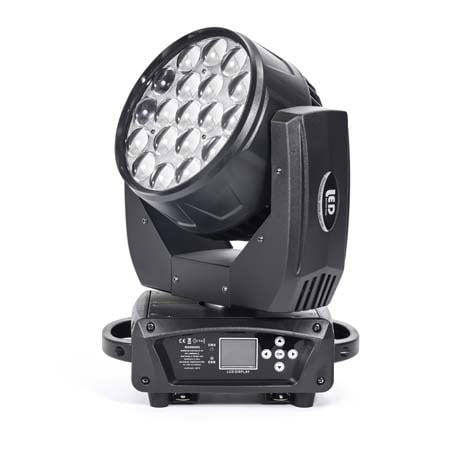






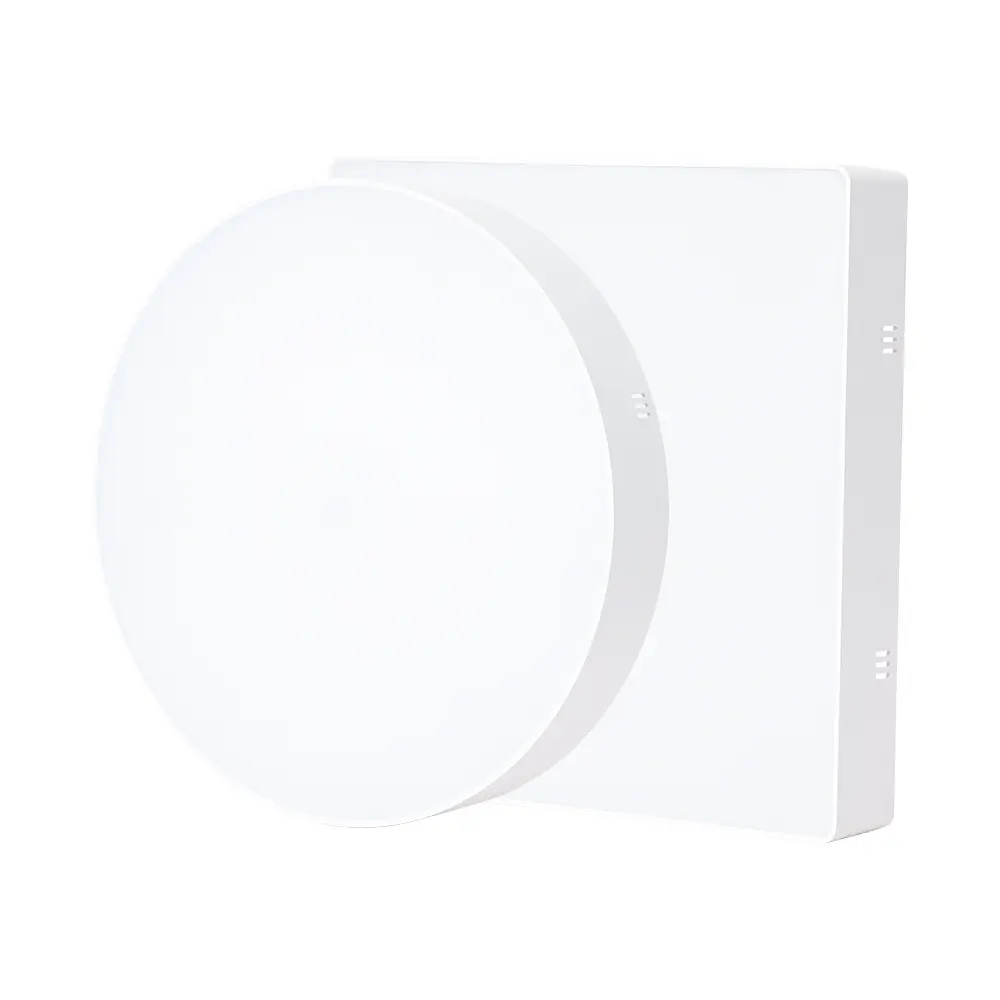

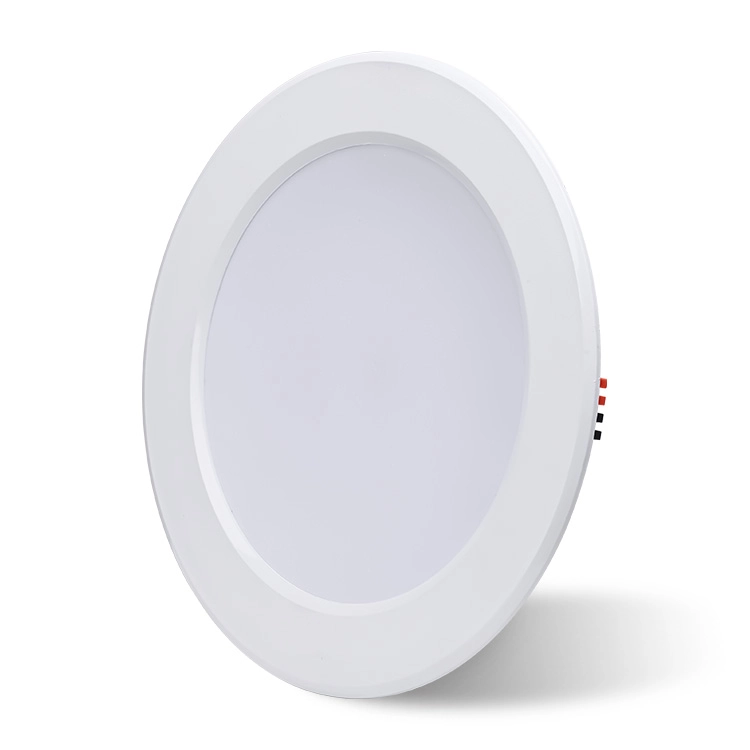
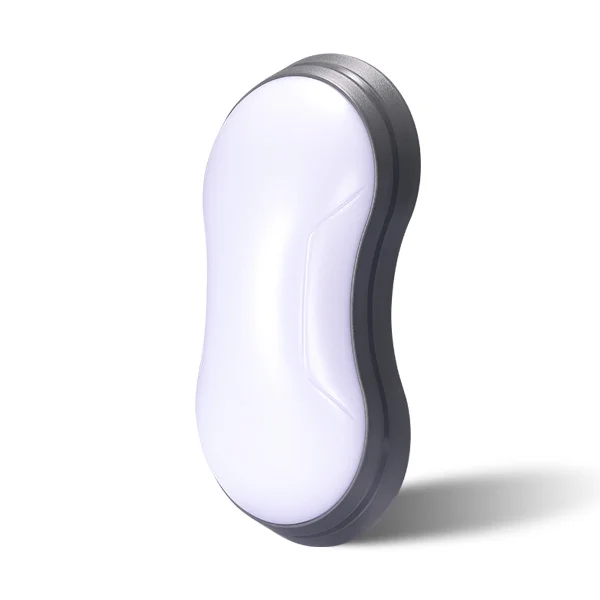

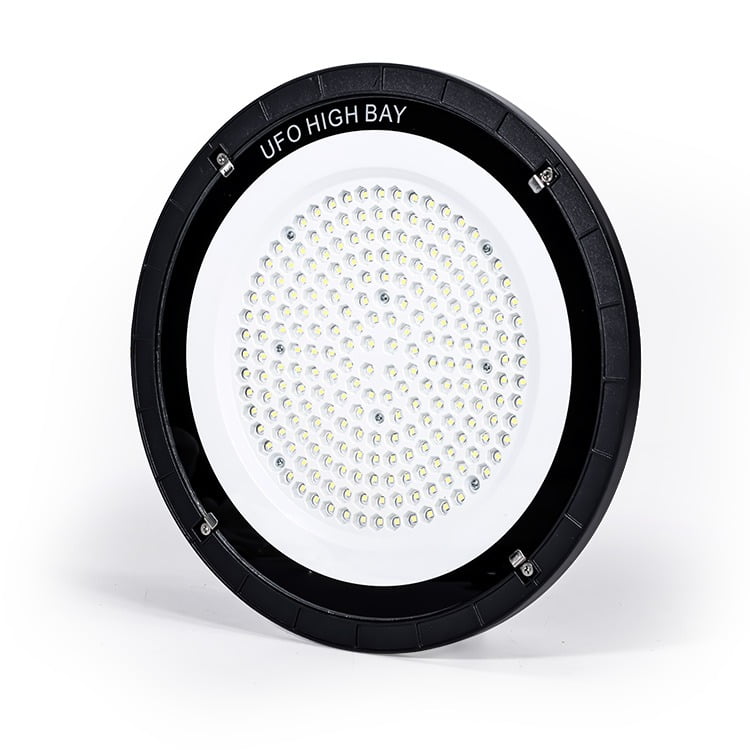
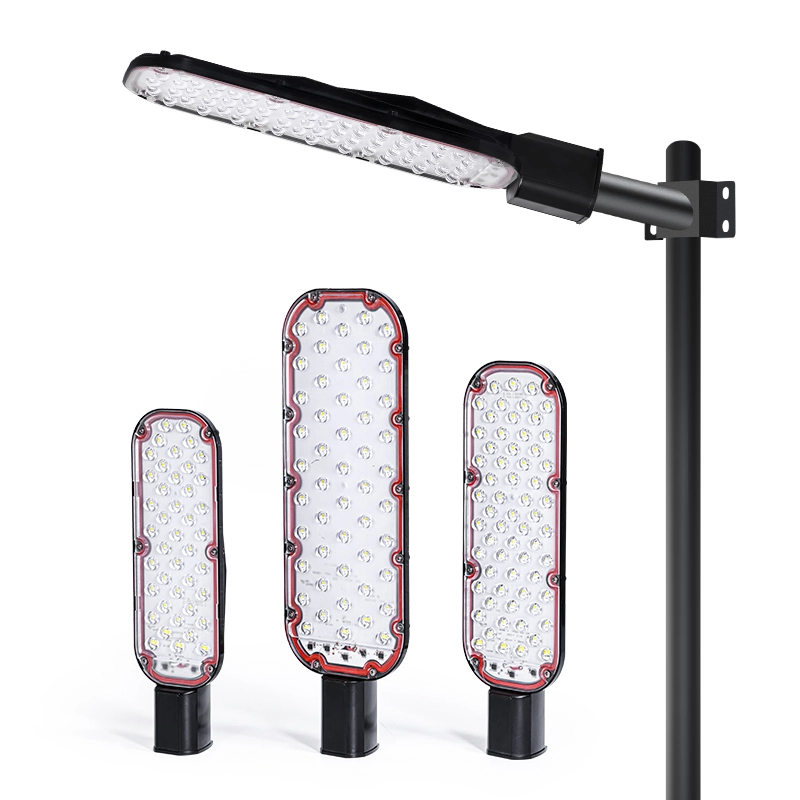

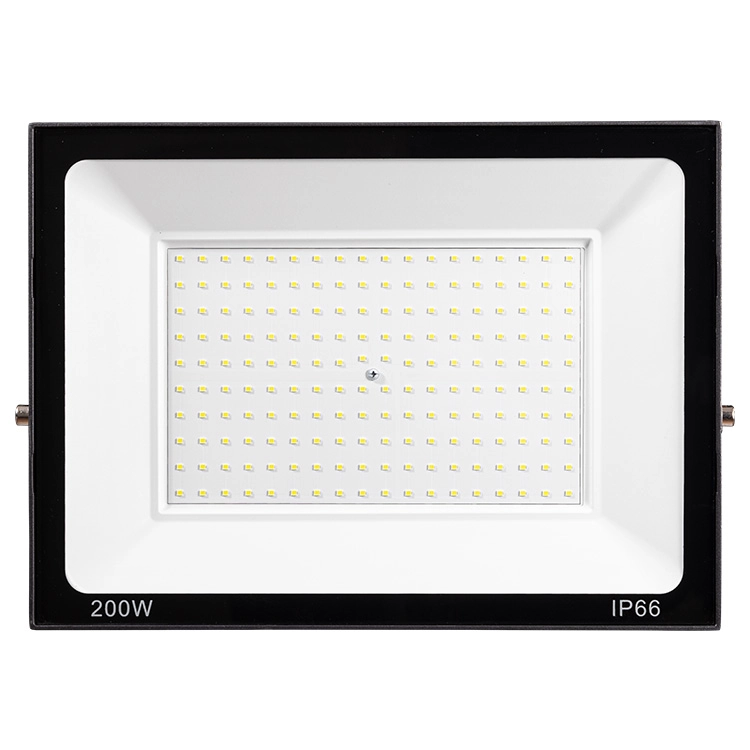
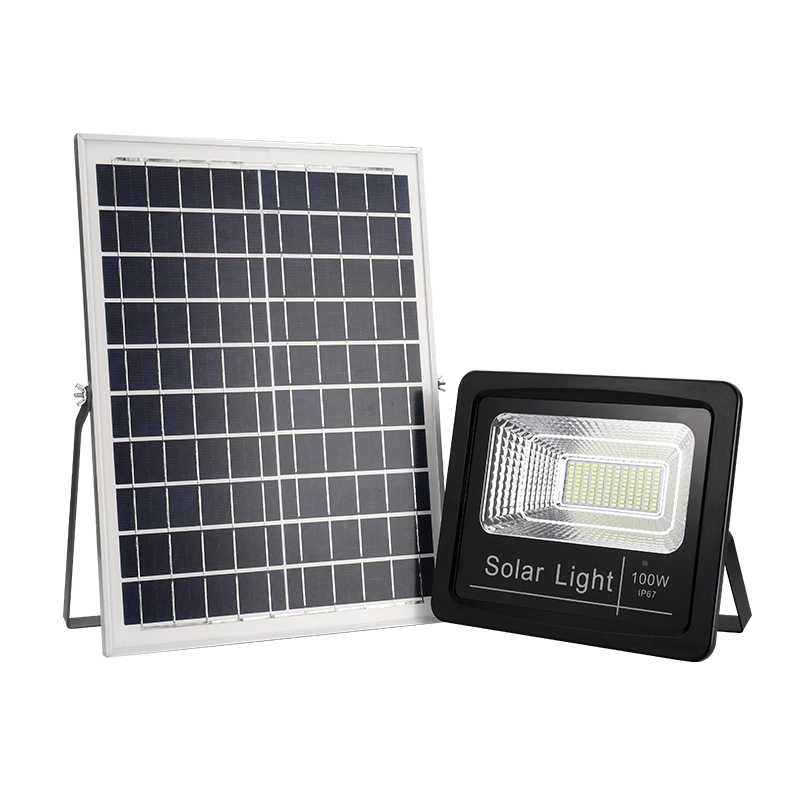
![led design ideas - 17 LED Design Ideas to Transform Your Home [February 2025] - Vorlane led design ideas - 17 LED Design Ideas to Transform Your Home [February 2025] - Vorlane](https://vorlane.com/wp-content/uploads/2025/01/led-design-ideas.webp)
![outdoor lighting ideas - 20 Brilliant Outdoor Lighting Ideas: Transform Yard [2025] - Vorlane outdoor lighting ideas - 20 Brilliant Outdoor Lighting Ideas: Transform Yard [2025] - Vorlane](https://vorlane.com/wp-content/uploads/2025/02/outdoor-lighting-ideas.jpg)
![disadvantages of led lights - Disadvantages of LED Lighting: Reveal Cost, Real Risk [2025] - Vorlane disadvantages of led lights - Disadvantages of LED Lighting: Reveal Cost, Real Risk [2025] - Vorlane](https://vorlane.com/wp-content/uploads/2025/01/disadvantages-of-led-lights.webp)
![Best LED Lights for Home - Best LED Lights for Home: Top Choices [2025] - Vorlane Best LED Lights for Home - Best LED Lights for Home: Top Choices [2025] - Vorlane](https://vorlane.com/wp-content/uploads/2025/01/Best-LED-Lights-for-Home.webp)
![beam angle calculator - Beam Angle Calculator – Simplify Lighting Calculations [2025] - Vorlane beam angle calculator - Beam Angle Calculator – Simplify Lighting Calculations [2025] - Vorlane](https://vorlane.com/wp-content/uploads/2025/01/beam-angle-calculator.webp)
![COB Light vs Panel Light - COB Light vs Panel Light: Understanding the Differences [2025 ] - Vorlane COB Light vs Panel Light - COB Light vs Panel Light: Understanding the Differences [2025 ] - Vorlane](https://vorlane.com/wp-content/uploads/2025/01/COB-Light-vs-Panel-Light.jpg)

